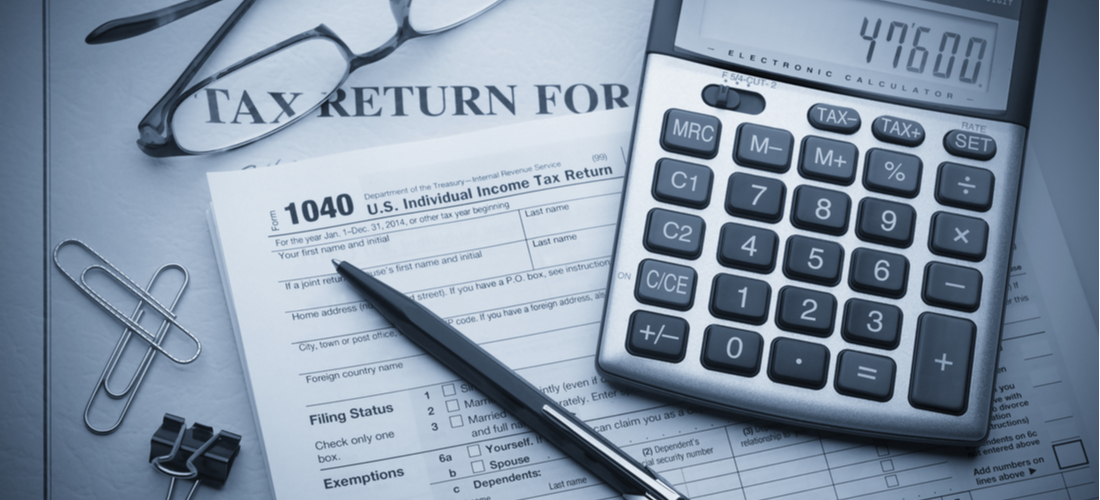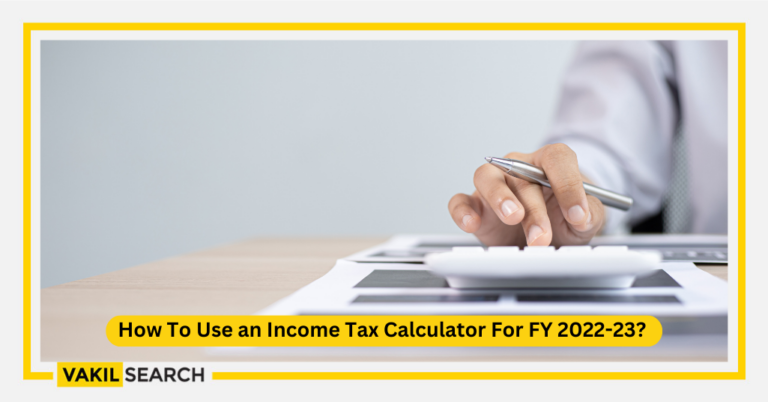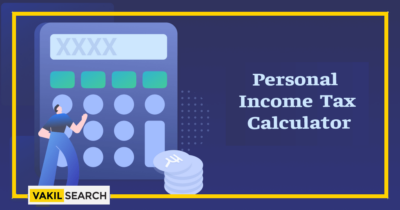Demystify the intricacies of the latest tax regulations. Explore 6 critical exemptions that hold the key to comprehending the new tax landscape. Know more
New Tax Regime Exemptions brings forth a revised approach to taxation, offering taxpayers the option to choose between the existing tax structure and the new one. This new regime aims to streamline the tax process by eliminating numerous exemptions and deductions, resulting in reduced complexity and easier compliance. While this approach might lower the overall tax rates for some individuals and simplify the filing process, it also removes various exemptions previously available under the old regime, necessitating careful consideration to determine which option best suits each taxpayer’s financial situation and goals is a must.
Standard Deduction of ₹50,000
In new tax regime exemption every salaried individual and pensioner can avail the standard deduction of ₹50,000 or the salary amount, whichever is lower. This deduction is applicable irrespective of the individual’s earned income.
The 50,000 standard deduction is available to people who are employed by a government agency, a commercial business, or another employer who receives a salary or pension. Notably, the standard deduction, previously applicable to those choosing the old tax regime, is now also accessible under the new tax regime starting from the 2023-24 financial year.
Employer’s Contribution To Employee’s NPS
Government employees are automatically enrolled in the National Pension System (NPS) under the present rules established by the Pension Fund Regulatory and Development Authority. Their employer, the government, contributes to their NPS account on their behalf. In contrast, private enterprises have the choice to make NPS contributions for their employees. Nonetheless, private companies offering NPS contributions can avail tax advantages under Section 36 (i) (IV) of the Income Tax Act, 1961. These contributions qualify as deductible business expenses, thereby lowering the tax liability for employers.
Employers’ EPF Contribution of up to 12 Percent of Basic Salary
If an employee earns a salary of ₹ 15,000 or more, the employer’s 12% contribution is split into two portions. An amount equal to 8.33% of ₹15,000, which is ₹1,250 per month, is allocated to the EPS account. The EPF account receives any money over and above the monthly cap of ₹1,250. As an illustration, if a worker’s basic pay plus dearness allowance equals ₹50 000:
– The employee contributes ₹6,000 (12% of ₹50,000) to the EPF
– The employer contributes ₹1,835 (3.67% of ₹50,000) to the EPF
– The employer also contributes ₹1,250 to the EPS
– With 8.33% of ₹50,000 amounting to ₹4,165, ₹1,250 is put into the EPS account, while the remaining ₹ 2,915 goes into the EPF account.
The employee’s contribution of ₹6,000, the employer’s contribution of ₹1,835, and the additional employer payment of ₹2,915 for EPS bring the total amount in the EPF account to ₹10,750.
Tip: You can use Vakilsearch income tax calculator for easily calculating the taxes on the go. Click here to access the calculator now.
Tax Exemption On Life Insurance Maturity Proceeds
Tax exemption on life insurance maturity proceeds refers to the non-taxable status of the amount received when a life insurance policy reaches maturity.
- This exemption is granted if the policy adheres to specific criteria established by the tax authorities
- The purpose of this exemption is to incentivise individuals to invest in life insurance for long-term financial stability
- It’s important to understand that the rules and limits for tax exemption on life insurance maturity proceeds can vary based on the country or jurisdiction’s tax laws.
Standard Deduction On Rental Income
Rental income taxation is based on the yearly rent value (known as Gross Annual Value) that property owners receive. To determine tax liability on rental income, individuals must subtract municipal taxes, home loan EMIs, and standard deductions. Rental income is taxed in India based on a person’s tax slab rate. No tax is imposed on rental income if the Gross Annual Value (GAV) is under ₹2.5 lakh. The Income Tax Act provides various deductions that lower rental tax liability.
Section 24A of the Income Tax Act allows taxpayers to claim 30% of the standard deduction for repairs and renovations, provided they are legal property owners. Section 24B of the Income Tax Act enables individuals who rent out a property purchased with a home loan to deduct the entire interest amount paid on the loan during a financial year, following the standard deductions.
PPF or Sukanya Samriddhi Yojna Maturity Proceeds
| Aspect | Sukanya Samriddhi Yojana (SSY) | Public Provident Fund (PPF) |
| Lock-in Period | Matures in 21 years | Matures in 15 years |
| Loans Against Balance | Not permitted | Permitted |
| Closure Conditions | Can close if daughter marries after 18 | Extends in 5-year blocks |
| Investment Amount | Maximum ₹1.5 lakh yearly | Maximum ₹1.5 lakh yearly |
| Minimum Investment | ₹250 | ₹500 |
| Where to Open | Post office or bank | Post office or bank |
| Online Management | Limited online management with post office; Easier online management with bank | Limited online management with post office; Easier online management with bank |
| Transfer Limit (Post Office) | Limited to ₹25,000 per transfer | Limited to ₹25,000 per transfer |
| Premature Withdrawal Conditions | For girl’s marriage after 18; 50% for higher education | Partial withdrawal from seventh year |
Conclusion
The new tax regime exemptions have brought about significant changes in how individuals and businesses manage their finances. While the regime simplifies tax calculations and offers reduced tax rates, the removal of certain exemptions has led to both advantages and challenges. It’s crucial for taxpayers to carefully evaluate their financial situations and consider the impact of these changes to make informed decisions regarding the new tax regime. Tax calculation is tough and filling is even more complex. If you have any queries regarding the tax slabs and doubts on taxation, it’s highly recommended to Consult our Tax experts. Click here and book a slot right away!
Frequently Asked Questions
Which deductions are allowed in the new tax regime?
Most deductions not allowed, except NPS, EPF, and certain others. Consult a tax expert for details.
Is HRA allowed in the new tax regime?
No, House Rent Allowance (HRA) not allowed under the new tax regime.
How to calculate tax in the new regime?
The best way is to use Vakilsearch Income tax calculator online. Add income, apply slab rates. No deductions/exemptions. Online calculators help. Consider expert advice for accuracy.










